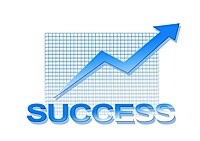
I talk with a lot of people who want to start a business “someday.” And as a result, I often think about the factors that determine which “someday” entrepreneurs will actually become business owners, and which will continue to say “I wish” for years to come.
Surprisingly, the ability to take the plunge has a lot less to do with people’s personalities, and a lot more to do with how accessible and familiar the experience of entrepreneurship is to them. Those who can picture themselves running a business often do. And those who continue to think of entrepreneurship as a big, scary thing that other people (perhaps more gregarious, sales-oriented, or risk-tolerant people) do tend to never move forward.




















